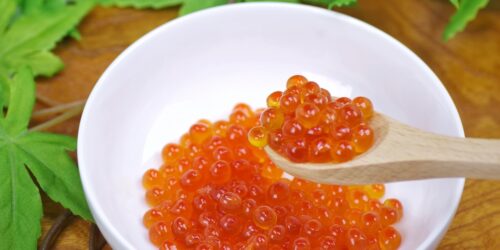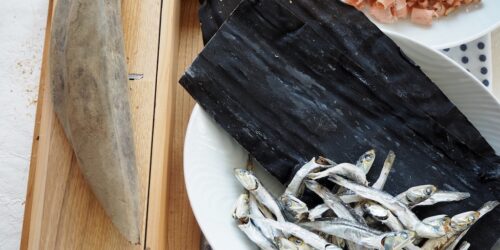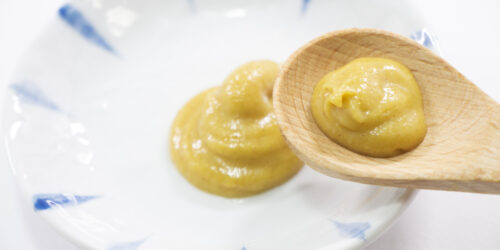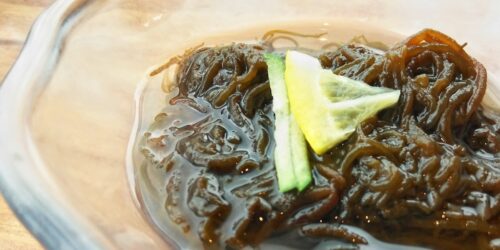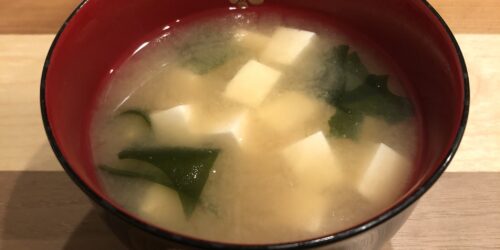What Is Koji Miso and How Is It Used?
What Is Koji Miso?
Basically “koji miso” refers to the miso with a high proportion of koji in Japan.
Miso is made by fermenting a mixture of soybean, koji, and salt. Koji miso tends to use greater amount of koji for soybeans (about twice the amount).
By the way, koji is made by attaching koji mold to steamed rice/barley/soybean. When you hear the word “mold”, you might worry about it. But don’t worry! It’s completely safe to eat, and please check why is it here:
What Is Koji and How Is It Used?
It depends on the types of miso, but koji miso is more likely to be sweeter than typical salty miso due to the large amount of koji.
To summarize, the amount of koji to soybean in each miso*
・Salty Miso → Use a little less koji than soybean
・Mildly Salty Miso → Use at most 1.5 times as much koji as soybean
・Mild Miso → Use twice as much koji as soybean
*This is only a guide
There are 3 factors that can categorize miso :raw materials, color, and taste. In fact, the amount of koji is not included in those factors. However, when you hear the word “koji miso”, you should think it refers to “miso with a high proportion of koji”.
Interested in learning more about categorizing miso?
[Ultimate Guide] Different Types of Miso
Different Types of Koji Miso
As you can see in the [Ultimate Guide] above, miso can be categorized into 4 types by raw material. Here, raw material is “the types of koji”.
4 types are the following:
1. Rice Miso (kome-miso) = soybean + koji rice + salt
2. Barley Miso (mugi-miso) = soybean + barley koji + salt
3. Soybean Miso (mame-miso) = soybean koji + salt
4. Blended Miso (awase-miso) = mixture of several types of miso
Let’s take a look at the features of koji miso in each type next.
Rice Miso (Kome-Miso)
When people say “koji miso” in Japan, I think it refers to rice miso made with a high proportion of koji rice (kome-koji) most of the time.
To begin with, about 80% of all miso produced in Japan are categorized as rice miso.
Rice miso is made with koji rice, and koji miso usually contains twice as much koji rice as soybean.
Starch contained in rice converted to sugar by enzyme during aging process, so koji miso made with a lots of koji rice gives you very mild taste.
Koji miso is produced in various places. Especially Nagano prefecture, the largest producer of miso in Japan is producing a lot of koji miso using koji rice.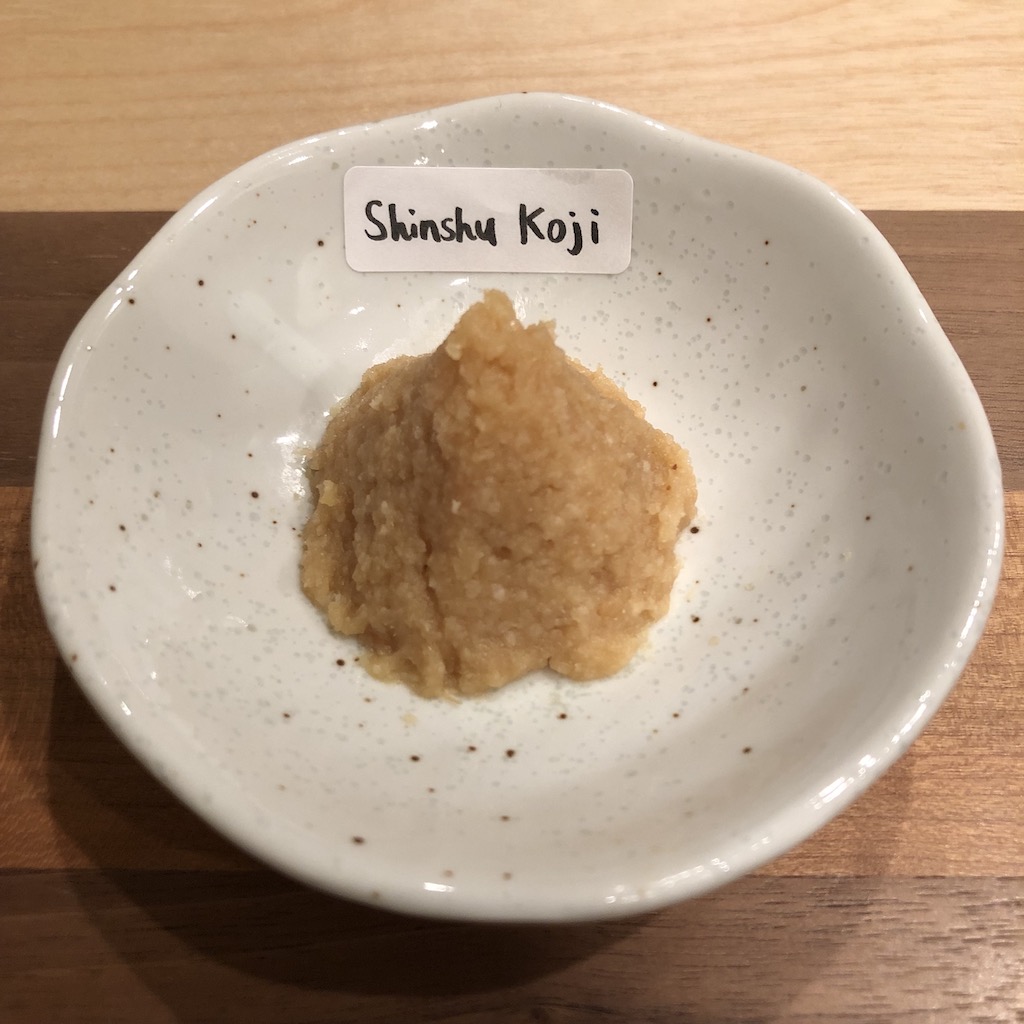
Shinshu koji miso is one of the most famous koji miso made with plenty koji rice. (Shinshu is old name for Nagano.) Due to the color of the miso, it’s also called Shinshu white miso.
Although I said “very mild”, most of koji miso also have saltiness, and its salinity is approximately 10%.
By the way, sweet white miso produced mainly in Western Japan also contains large amount of koji rice. But it’s usually not categorized as “koji miso”, but we call it just “white miso”. This white miso is different from Shinshu koji miso in terms of the saltiness. Its salinity is about 5%, and it definitely is sweet miso.
Interested in learning more about white miso?
What Is White Miso and How Is It Used?
Barley Miso (Mugi-Miso)
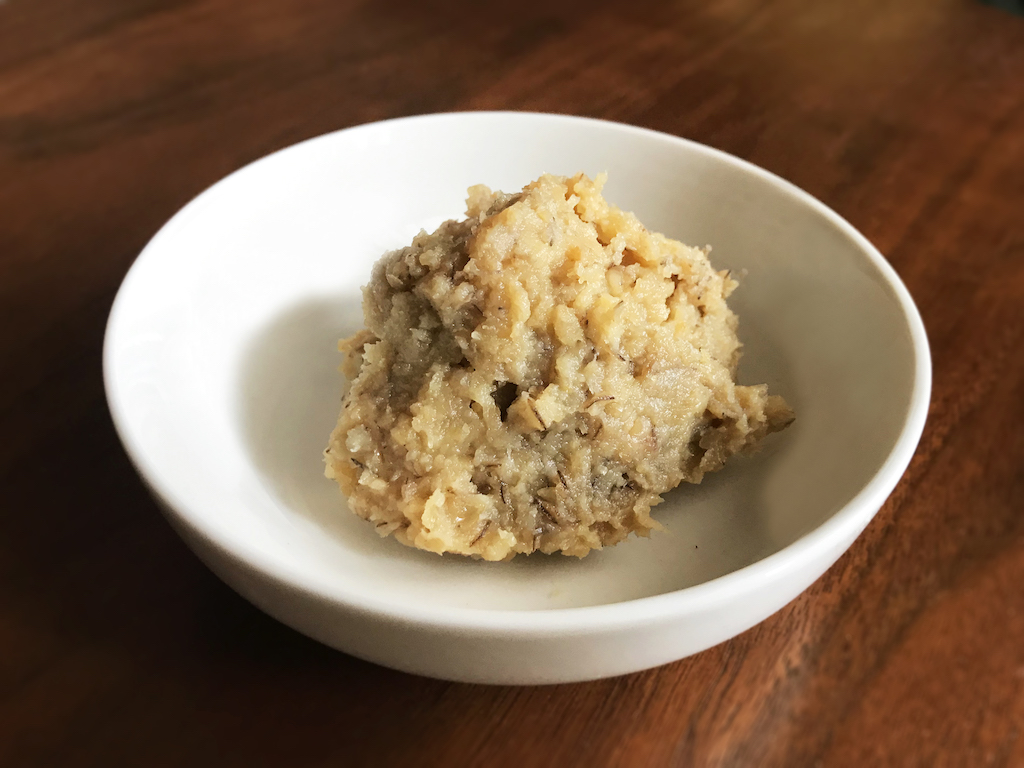
Barley miso is made with barley koji (mugi-koji) instead of koji rice.
The amount of koji differ depending on the region or manufacturer, so not all barley miso are using a large amount of barley koji. However, some people may call barley miso “koji miso” when it contains plenty barley koji.
Barley miso are more likely to be light on the sweetness than rice miso, but it has great flavor of barley.
The main production area of barley miso in Japan are Kyushu region and Setouchi region. Those areas are famous for cultivation of barley.
Soybean Miso (Mame-Miso)
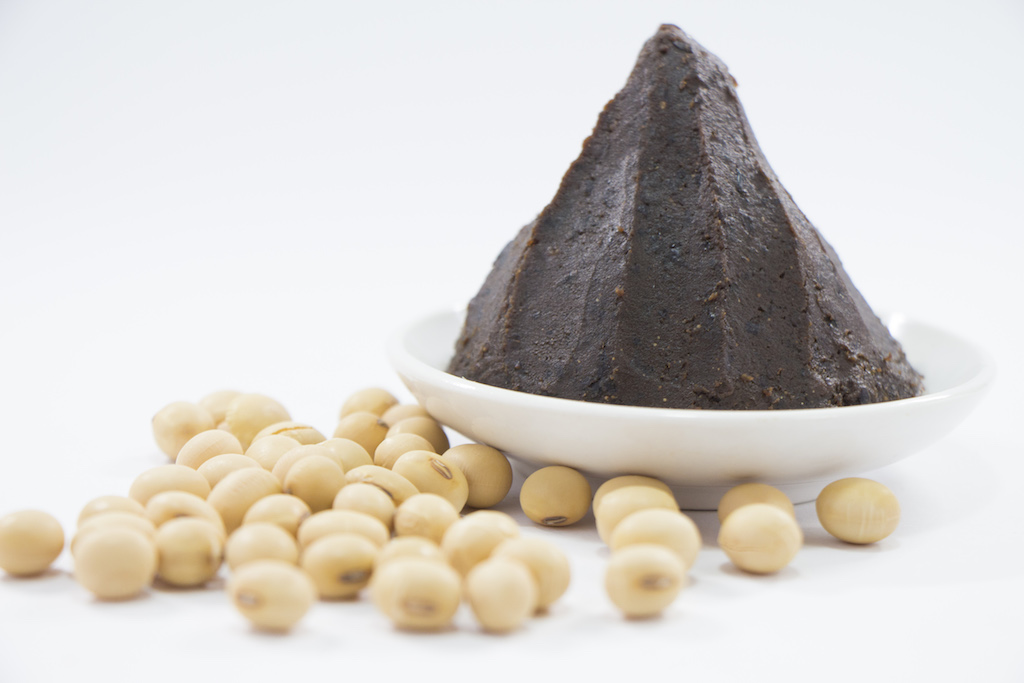
The koji used for soybean miso is called soybean koji (mame-koji), and it’s made by attaching koji mold to boiled soybeans. Some people may call soybean miso “koji miso” since the raw materials are only soybean koji and salt.
Soybean miso doesn’t have sweet taste because koji rice or barley koji that produce sugar during aging process are not used. There is no sweetness but it gives you great koku and umami.
The color of soybean miso is also unique, it’s very dark reddish-brown. And it’s very hard miso due to long-term aging.
The main production area of soybean miso in Japan is Tokai region. Hatcho miso is one of the most famous soybean miso in Japan by the way.
Interested in learning more about soybean miso (Hatcho miso)?
What Is Hatcho Miso and How Is It Used?
How Is Koji Miso Used?
Rice Miso
Rice miso with a high proportion of koji rice is used for every day miso soup and various kind of dishes.
Due to the large amount of koji, the taste of miso soup with koji miso is much milder than the one with typical salty red miso.
Depends on the color of koji miso, but usually it’s good to use a small amount of it as a secret ingredient.
Light colored koji miso such as Shinshu koji miso is especially useful because it doesn’t ruin the color of dish. It’s recommended to add a little koji miso into salad or stir-frying dishes for example so that it can add koku (more flavor) to the dish.
Recipes using Shinshu koji miso:
French Carrot Salad with Miso
GET THE RECIPE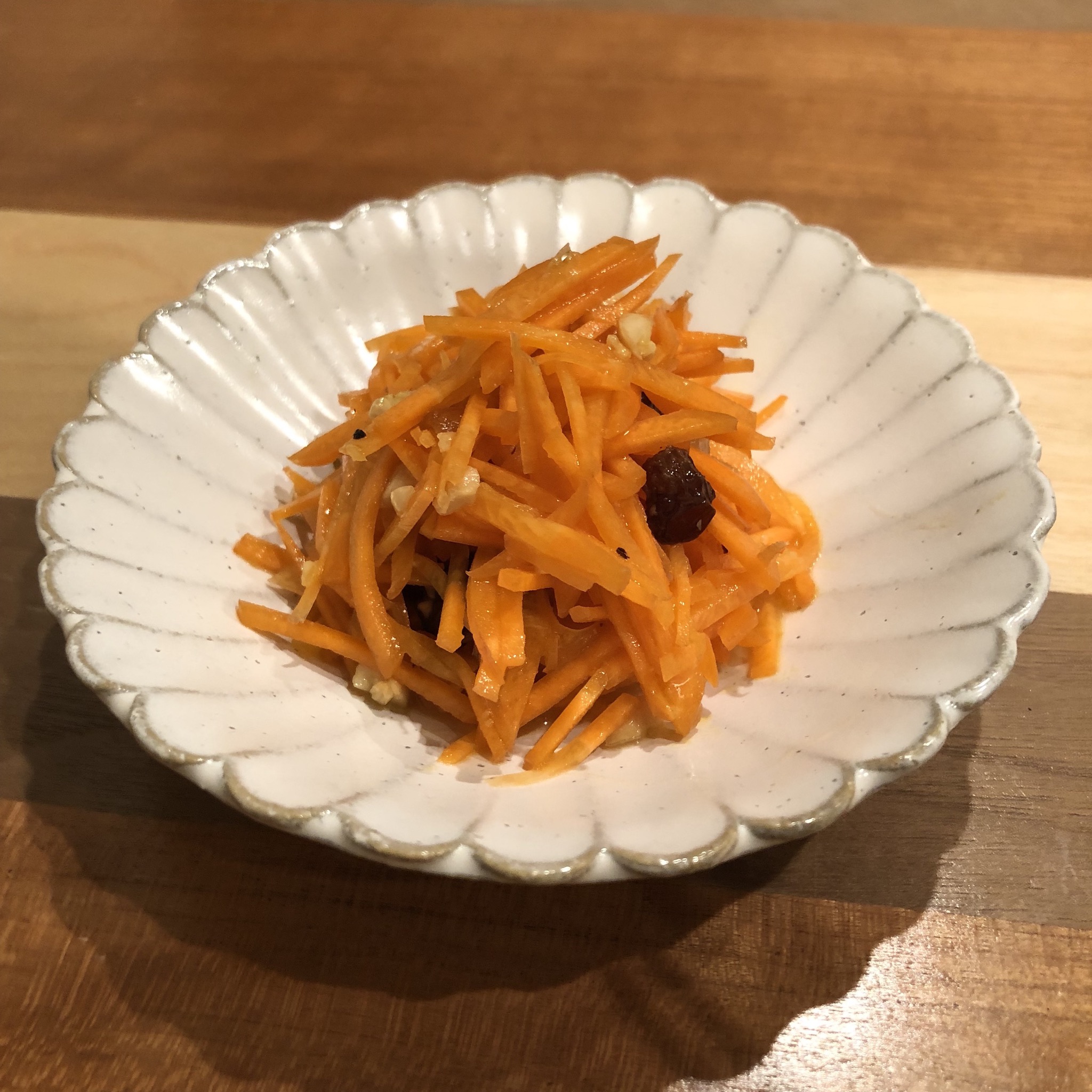
Tofu Hamburg Steak with Miso
GET THE RECIPE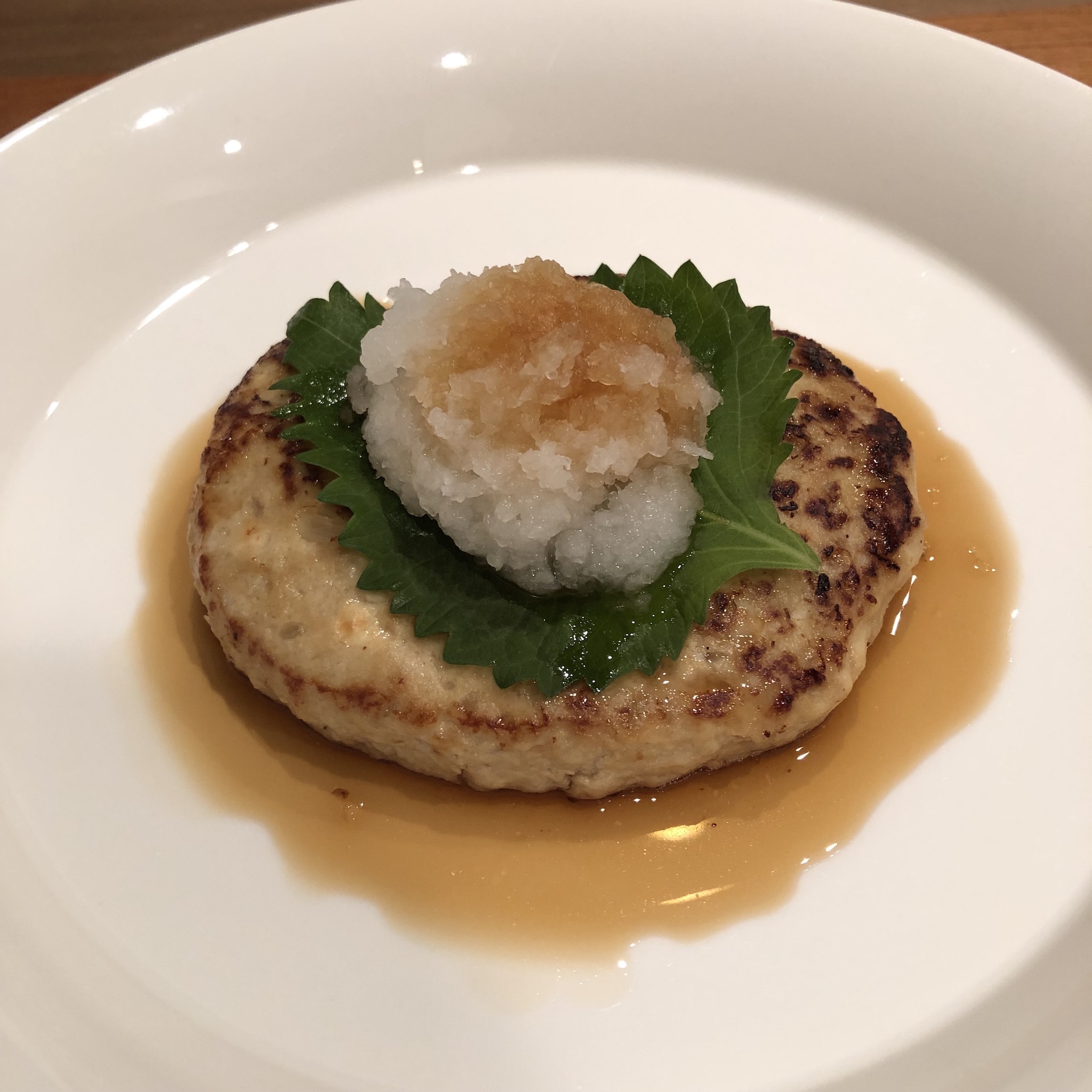
Broccolo Egg Salad with Curry Mayonnaise
GET THE RECIPE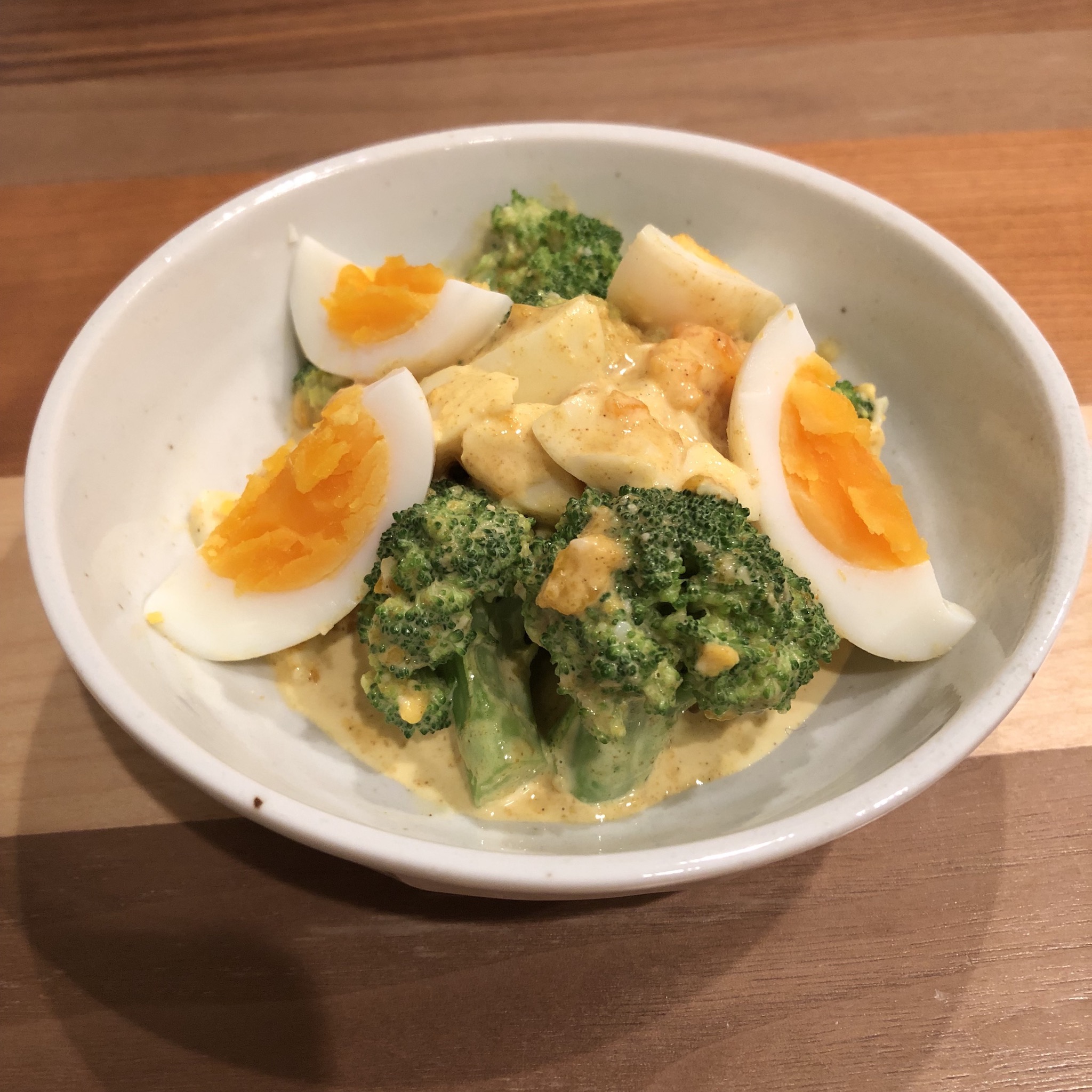
Barley Miso
Barley miso can be used for miso soup and various types of dishes as well as rice miso.
The way I like the most is putting barley miso on cucumber stick. Putting miso on cucumber is popular finger food in Japan in summer. The type of miso for it is totally up to you, but I highly recommend to use barley miso because the amazing flavor of barley miso perfectly matches with vegetable stick.
Making salad dressing with barley miso is great idea too, but don’t forget to try to eat as it is once.
Soybean Miso
I would say the most famous and popular dishes using soybean miso in Japan are miso-katsu and miso-nikomi-udon.
Miso-katsu is deep-fried pork with sweet soybean miso sauce, and miso-nikomi-udon is udon noodles with soybean miso base soup.
Those are well-known local food in Aichi prefecture that is main production area of soybean miso.
Actually the smell of soybean miso won’t disappear even it’s cooked for a long time, so stew dish is the best choice for it.
GET THE BEST SOYBEAN MISO RECIPES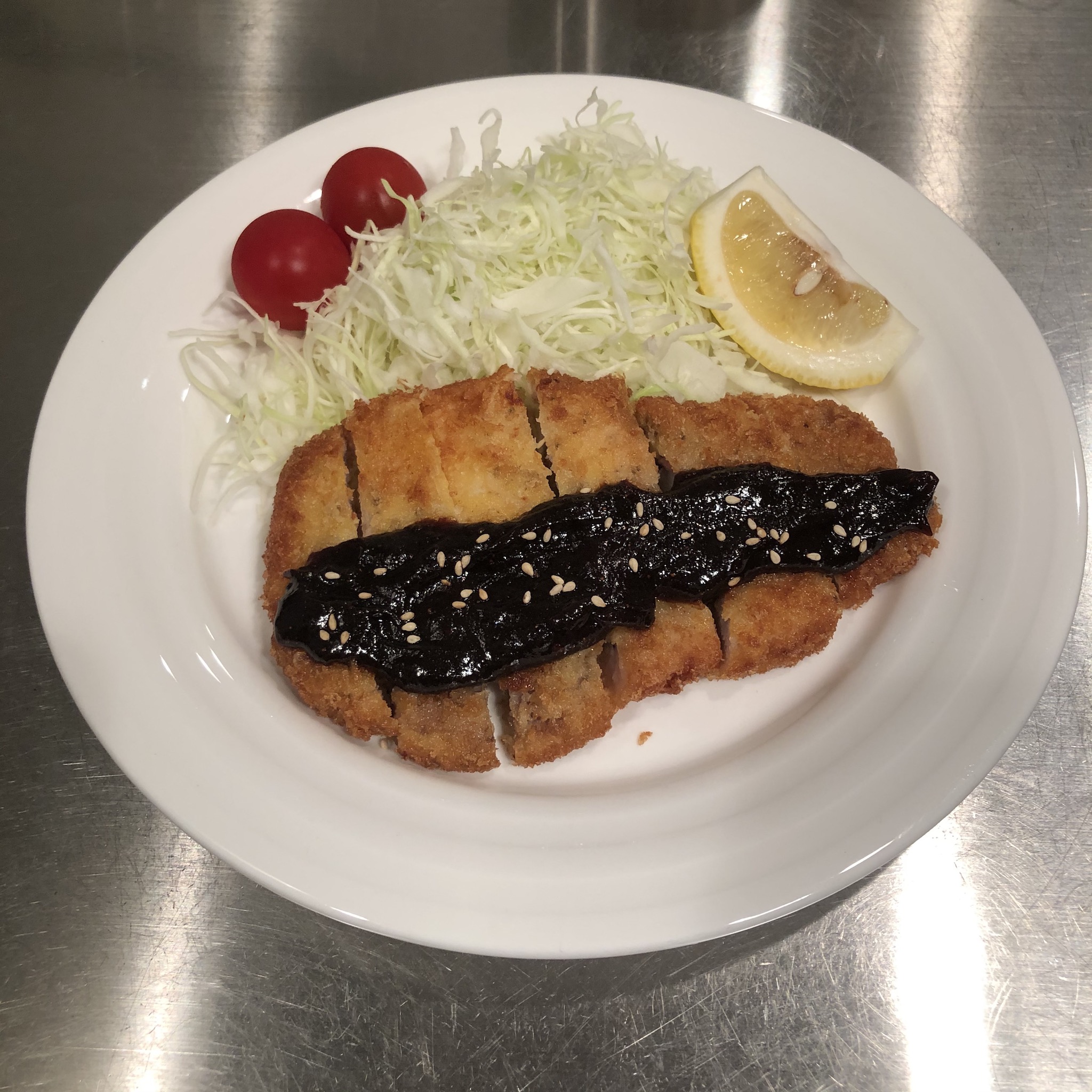
Interested in leaning more about miso?
What Is Miso and Is It Healthy?
What’s the Difference Between White Miso and Red Miso?

